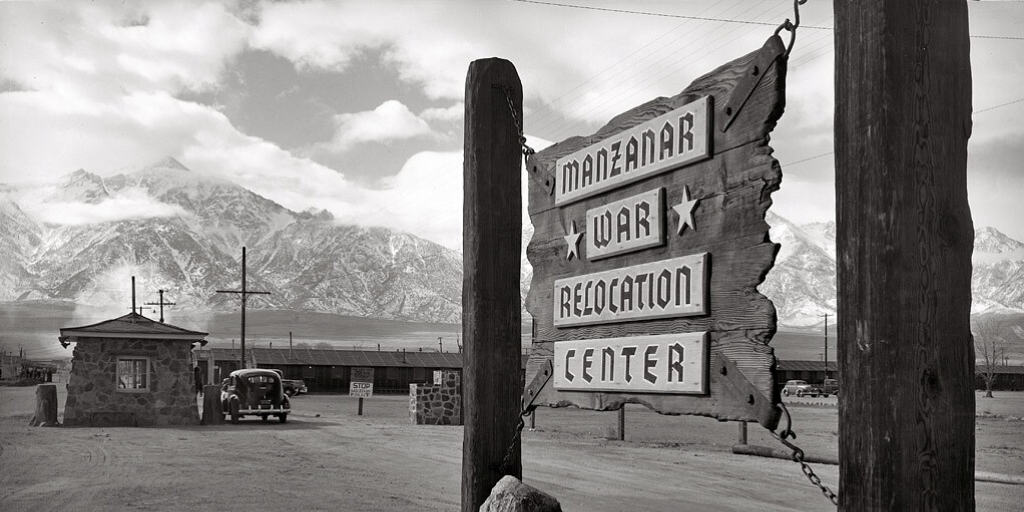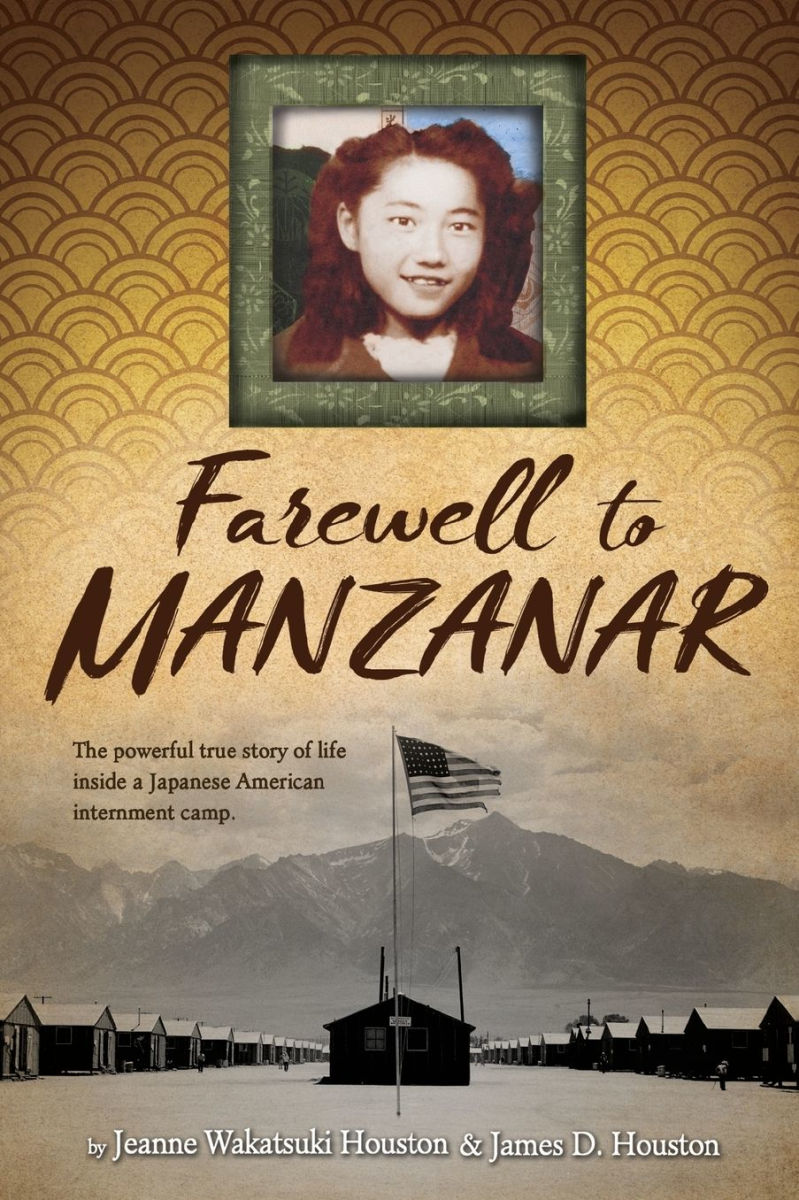Jeanne Wakatsuki Houston, author of 1973″s “Farewell to Manzanar”, the classic book about the World War II incarceration of Japanese-Americans, passed away last month. I had heard about the book since I was a child but never had the chance to read it until recently. What a powerful story. Houston’s memoir about her family’s experiences before, during, and after their time at the Manzanar concentration camp in Eastern California elicited in me a range of emotions from sadness to anger to disappointment.
“You cannot deport 110,000 people unless you have stopped seeing individuals.”
Excerpt from “Farewell to Manzanar”
The story is told through the eyes of a child, but it was the impact on the adults — the Issei or first-generation immigrants — that was especially devastating. For many Issei like Houston’s father, decades of hardships endured to build a life in a new country, and then being targeted, accused, rounded up, and incarcerated just for being of Japanese ancestry, was the final indignity.

Image from here
One of the most powerful scenes was when Houston’s mother was forced to sell some possessions after being told to leave their Terminal Island home within 48 hours. Her cherished set of fine china wouldn’t fit in their car so she offered to sell them to one of the predatory second-hand dealers who was circulating in the neighborhood.
A dealer offers her just fifteen dollars—a humiliating price. Worn out and stressed from packing and calming her family, Mama smashes a dinner plate on the ground. The dealer starts shouting at her, but Mama smashes every piece of china, even after he runs away.
Excerpt from “Farewell to Manzanar”
Relevance of Farewell to Manzanar Today
It started with federal and state laws. Fueled by racism and opportunism, laws that banned further Japanese immigration (Immigration Act of 1924) and prevented those who were already here from owning or leasing land (Alien Land Laws) were enacted and enforced. They served to paint Japanese-Americans as “other” and “lesser”, thereby helping to legitimize the hysteria that ignited following Pearl Harbor – and the subsequent round up and incarceration of Japanese-Americans on the West Coast, the majority of whom were US citizens.
After more than 80 years, it is difficult to believe that something like this could ever happen again. Now, I realize that it is not so far-fetched — making it even more imperative to read books like “Farewell to Manzanar” to ensure the lessons of history are not forgotten.
Podcast Interview
I came across this wonderful podcast interview with Houston from 2020. She articulates so many details about what it was like during the war years, why the incarceration was not openly discussed within the community for a long time and, most importantly, how it can happen again to other groups of people. Worth a listen!

Leave a Reply